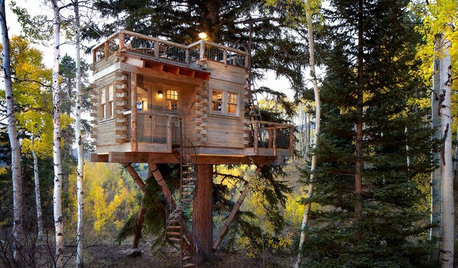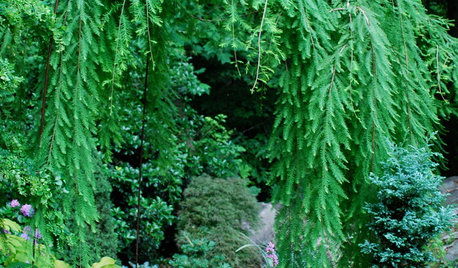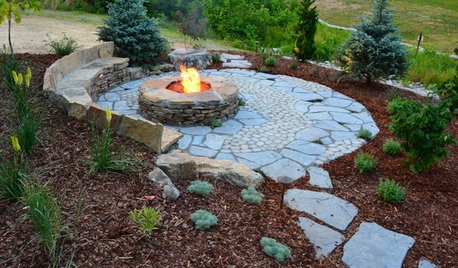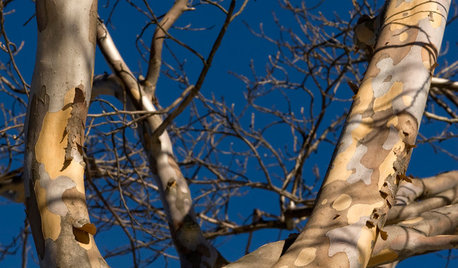Birch tree stump new growth
chris_rb
14 years ago
Featured Answer
Sort by:Oldest
Comments (9)
hortster
14 years agoRelated Professionals
Lyons Landscape Architects & Landscape Designers · Mitchellville Landscape Architects & Landscape Designers · Avocado Heights Landscape Contractors · Canyon Lake Landscape Contractors · Cudahy Landscape Contractors · Fort Wayne Landscape Contractors · Fort Worth Landscape Contractors · Lehigh Acres Landscape Contractors · Pikesville Landscape Contractors · West Chester Landscape Contractors · Philadelphia Siding & Exteriors · Providence Siding & Exteriors · St. Louis Siding & Exteriors · Maple Grove Decks, Patios & Outdoor Enclosures · Little Rock Decks, Patios & Outdoor Enclosuresspruceman
14 years agoDan _Staley (5b Sunset 2B AHS 7)
14 years agoBrian Smith
8 years agoMike McGarvey
8 years agofloral_uk z.8/9 SW UK
8 years agowisconsitom
8 years agoken_adrian Adrian MI cold Z5
8 years ago
Related Stories

LANDSCAPE DESIGNPretty Trees for Patios, Paths and Other Tight Spots
Choose trees for their size, shape and rate of growth — or shape them to fit your space. Here's how to get started
Full Story
GARDENING GUIDESHow to Keep Your Trees Healthy
Ensure your trees’ vigor for years to come with these tips for protecting roots, watering effectively and more
Full Story
TREE HOUSESHouzz Call: Show Us Your Well-Designed Treehouse or Tree Fort!
Got a great treehouse or tree fort? We want to see it! Post yours in the Comments and we’ll feature the best in a future article
Full Story
ARBOR DAY8 Reasons to Plant a Great Tree
Beauty is its own reward, but the benefits of planting the right tree in the right place go way beyond looks
Full Story
FALL GARDENING6 Trees You'll Fall For
Don’t put down that spade! Autumn is the perfect time for planting these trees
Full Story
LANDSCAPE DESIGN7 Great Trees for Summer Shade and Fall Color
These landscape-pro faves straddle the seasons beautifully. Could one enhance your own yard?
Full Story
GARDENING GUIDESWhen and How to Plant a Tree, and Why You Should
Trees add beauty while benefiting the environment. Learn the right way to plant one
Full Story
LANDSCAPE DESIGNThe Weepers and the Creepers: 10 Intriguing Trees for Your Garden
Bring something a little different to your landscape with a tree that dives, twists or crawls
Full Story
HOLIDAYS10 Ways Your Christmas Tree Can Live On After the Holidays
Learn how to recycle your Christmas tree and reap benefits for the environment
Full Story
WINTER GARDENING8 Gorgeous Trees for Winter Interest in the Garden
Intriguing forms and beautiful branches take center stage when color heads back into the wings of the winter landscape
Full Story







Dan _Staley (5b Sunset 2B AHS 7)